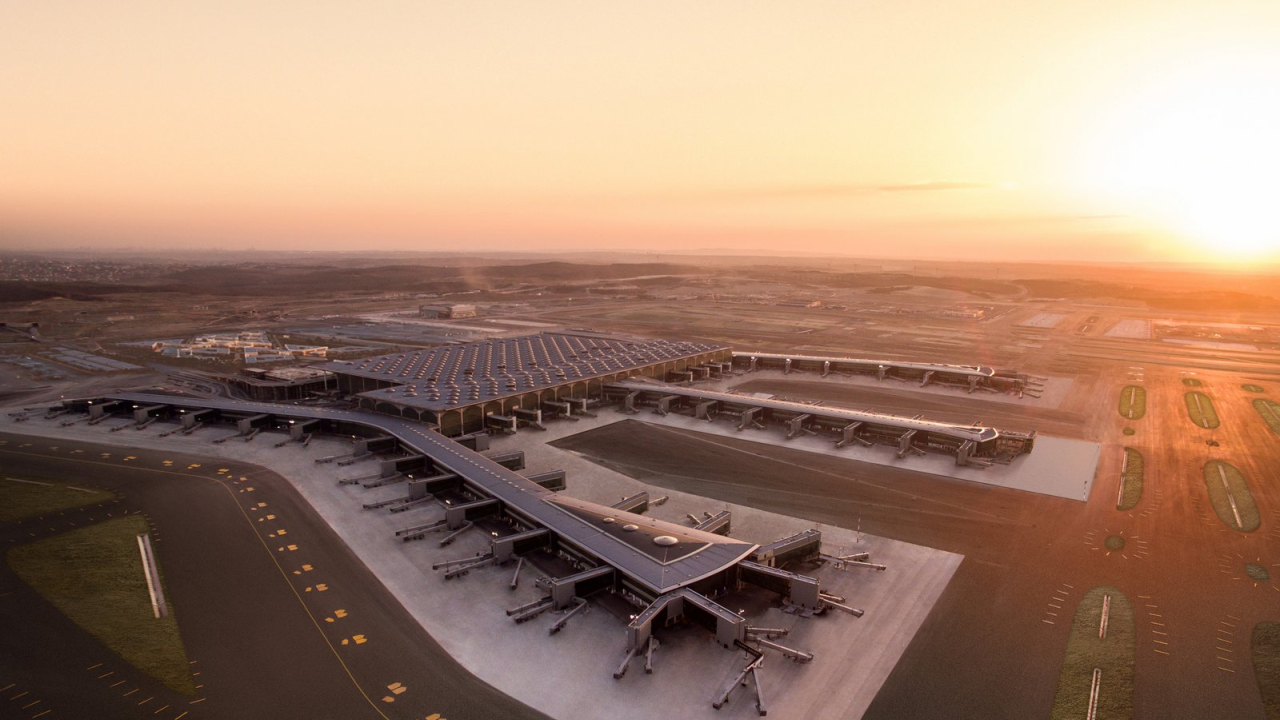Historical site to benefit from new airport

The airport, named after the late Prince Abdul Majeed, who was governor of Madinah and Makkah, will cost SR143 million, Jamalullail said. “We have completed about 28 percent of the project,” Asharq Al-Awsat Arabic daily quoted him.
The project includes construction of a passenger lounge to accommodate 190 people per hour, the main runway with a length of 3,050 meters and width of 60 meters, and a 6,800 square meter facility to park MD90 and Boeing 747-400 aircraft.
Jamalullail said the project would include construction of air control facilities and buildings for light systems, firefighting and rescue services, generators, and air-conditioners.
Tarek Khallawi, who is the project director, disclosed plans to construct a gateway for the airport. “The project will also include water supply facilities, an internal road network, power supply network, security wall and car parking,” he added.
Madinah Gov. Prince Abdul Aziz bin Majed recently visited Al-Ula to inspect progress of work at the airport and urged contractors to complete the project as quickly as possible.
Ayman Bakr Naseef, head of public relations at GACA, said the airport would boost tourism traffic to Madain Saleh and other historic places in the area.
“The airport is designed to serve about 100,000 people, including tourists, annually,” he said. Some 100,000 people live in Al-Ula and surrounding areas covering 250 square kilometers.
“It is expected that 1,300 flights would carry 57,000 people to and from the airport annually,” Naseef said.
The airport will make significant contributions to the development of Al-Ula and surrounding towns and villages in terms of tourism, especially after the selection of Madain Saleh as a World Heritage Site by the United Nations Educational, Scientific and Cultural Organization (UNESCO), he said.
Madain Saleh includes a collection of tombs and monuments carved from sandstone. UNESCO described the area as a “major site of the Nabataean civilization, in the south of its zone of influence. Its integrity is remarkable and it is well preserved.” Thousands of tourists, especially foreigners, visit Madain Saleh every year.
Stay up to date
Subscribe to the free Times Aerospace newsletter and receive the latest content every week. We'll never share your email address.

